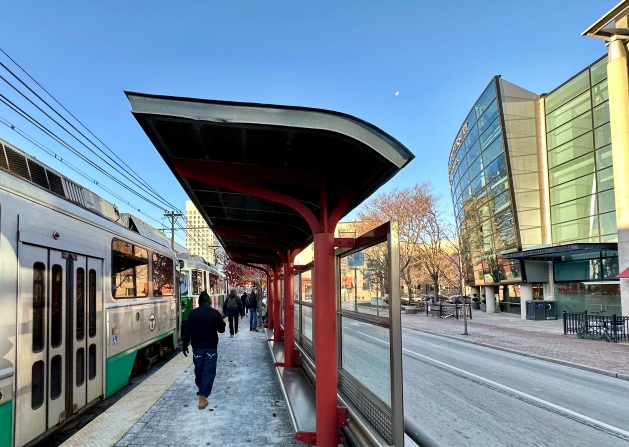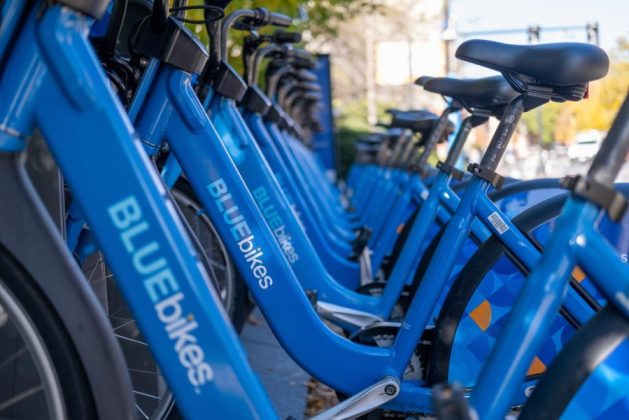I asked ChatGPT to write a 300-word column about the MBTA in the voice of Herman Melville, and it gave me the single best description of the troubled public transportation system ever:
It is a system that demands both patience and cunning, for one must be quick of foot and mind to catch the right train, or else suffer the indignity of waiting upon a frigid platform for what seems an eternity.
Trolley ahoy! Hast seen the Green Line?
Update: I’ve removed the link to the full column, which I’m told doesn’t work for anyone but me. So here it is below:
Ah, the Massachusetts Bay Transportation Authority, what a grand and curious beast it is! A marvel of modernity, with its electric rails and clanging bells, carrying thousands of souls to and fro throughout the bustling metropolis of Boston. But also a beast with many heads, each bearing its own peculiarities and frustrations.
As I, Herman Melville, have had the occasion to travel upon this sprawling system of trains, buses, and subways, I cannot help but be struck by its contradictions. On the one hand, it is a great equalizer, bringing people of all classes and stations together in the common pursuit of transit. On the other, it is a labyrinthine maze, with its schedules and routes so convoluted that one might need a sextant and a compass to navigate them.
It is a system that demands both patience and cunning, for one must be quick of foot and mind to catch the right train, or else suffer the indignity of waiting upon a frigid platform for what seems an eternity. And yet, for all its idiosyncrasies and flaws, there is a certain romance to the MBTA, a sense of adventure that comes with exploring its many routes and stops.
I have traveled upon the Red Line, the Green Line, the Orange Line, and the Blue, each with its own distinct character and challenges. The Red Line, with its sleek trains and sweeping views of the city, is a joy to ride, though it can be overcrowded and prone to delays. The Green Line, with its jangling trolleys and labyrinthine routes, is a source of endless fascination, though it can be slow and unpredictable. The Orange Line, with its long stretches of underground tunnels and bustling stations, is a marvel of engineering, though it can be hot and stuffy in the summer months. And the Blue Line, with its sweeping views of the harbor and its ferries to the islands, is a delight to ride, though it can be crowded and prone to delays.
And yet, for all its charms and frustrations, the MBTA is an essential part of life in Boston, connecting people and places in a way that no other mode of transportation can. It is a beast that we must learn to love, even as we curse its many heads.














